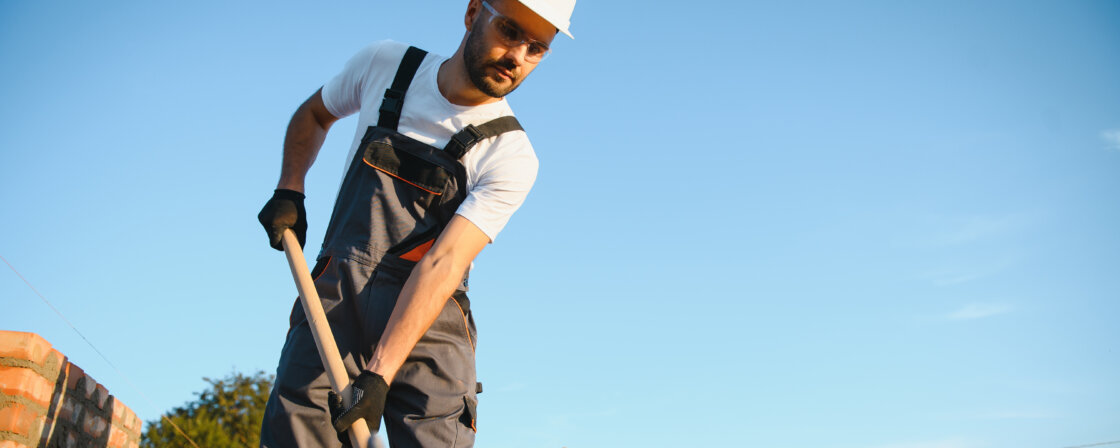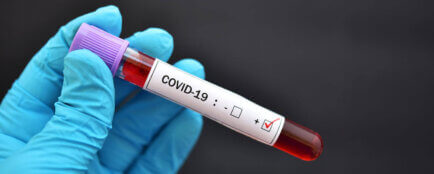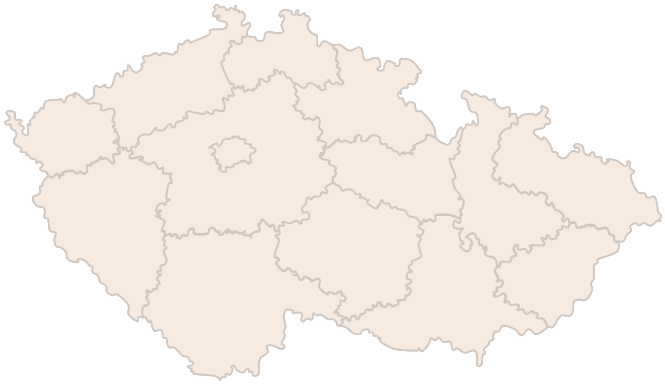What temperatures are already over the line and who’s watching them
There is no one universal “critical number” in Czech law, because the tolerable limit depends on the physical demands of the work. The standards divide activities into five classes – from light administration to heavy manual tasks – and set maximum permissible operating temperatures for each: around 27 °C for offices, around 24 °C for medium work and around 20 °C for the most demanding work. Humidity and radiant heat are also factored into these figures, so that a hot roof can be ‘stoppered’ sooner than a shaded one.
Temperature must be monitored primarily by the employer. They take measurements on site, usually at least twice a shift, and archive the results. For outdoor occupations, it monitors the so-called corrected temperature, which also takes into account the wind and the intensity of the sun. The data shall be available to both the employees’ representatives and the works doctor. In extreme situations, the regional health authority can also intervene and temporarily stop work.
Compliance with the rules is monitored by the State Labour Inspectorate. Inspectors can come unannounced, consult the records and measure the temperature with a calibrated instrument. If they find that the limits have been exceeded without adequate measures, there is a fine of millions of crowns and an obligation to remedy the situation immediately. Employees have the right to inspect these records and to contact the inspectorate or hygiene if they suspect a breach of the rules.
Safety breaks and shortened shifts – your right, not your benevolence
Safety breaks are not an employer’s mercy, but a legal safeguard to help you cope with heat stress. Once the readings on the thermometer exceed the permissible limit for your type of work and normal engineering measures are not enough, the company must include rest blocks in the shift. The key is that they count towards your working hours – so you won’t lose pay.
The breaks should take place in an area where the temperature falls below the risk threshold: an air-conditioned room, a screened container or a company car with air conditioning. If even alternating between work and rest does not ensure safe conditions, the second level of protection is triggered: shortening the shift. The employer will end the shift as soon as remaining at the workplace poses a health risk. The entitlement to full pay for the rest of the shift remains because of the employer’s impediment.
Tip for employees: make sure breaks are actually taken and recorded. If the company ignores the scheme, you have the right to refuse to work and take the matter up with the union or the labour inspectorate.
Drinking regime: when water is enough and when mineral water or ion drink must come
Drinking is the most obvious right guaranteed to employees by law in hot weather. A protective drink must be provided free of charge whenever work is expected to result in fluid loss through sweat and breathing in excess of about 1.25 litres per eight-hour shift – which the summer tropics easily exceed. The regulations also say that the employer should replenish at least 70% of the lost fluids and minerals. So for light administrative work, weakly mineralised water is usually sufficient, while for medium or heavy physical work, around half of the drink must already be ionic solution or medium mineralised water.
The volume of drinks varies according to the class of work: office workers usually need around one litre, but a construction or steelworks worker may need two and a half to three litres. The drink should be available on site or within easy walking distance, not just in the canteen at the other end of the site. It is also advisable to spread fluid intake into smaller doses every twenty to thirty minutes so that the body can rehydrate gradually.
If the employer does not provide fluids, the employee is not obliged to obtain them himself. He or she has the right to request the drink and to contact the labour inspectorate or the sanitary authority if there are repeated violations.
Protective equipment and work arrangements: shade, air conditioning and team rotation
Technical and organisational measures are the first line of defence before breaks and shortening of shifts. The basic step is to reduce the temperature at source: shield the hot sun with foils or blinds, switch off unnecessarily hot machines, use portable fans or mobile air conditioning units. In warehouses and halls, it is worthwhile to use so-called destratifiers – large ceiling propellers that mix the hot air near the ceiling with the cooler air below. For outdoor work, shade is key: lightweight shelters over concrete mixers, reflective tarps over scaffolding or shade nets on the facade.
Alongside technology, organisational changes are coming into play. Team rotation is typical: a bunch of workers alternate by the hour between demanding outdoor work and lighter tasks indoors. It also helps to shift the start of the shift to the early morning, when the work with the greatest physical demands is done “in the cold”, leaving the administrative or assembly of small parts in the afternoon.
Don’t forget personal protective equipment either. In the heat, lightweight, breathable clothing with UV filters and reflective strips that reflect the sun’s rays will be appreciated. Some occupations use cooling vests with replaceable gel pads or towels soaked in cold water. All equipment is provided free of charge by the employer and workers are trained in its proper use.
What to do if your employer ignores the rules
If you feel your employer is ignoring the temperature limits, don’t wait until the heat takes its toll on your health. The first step is always to openly report the situation to your immediate supervisor or the designated workplace safety person. It pays to include the facts: temperature taken, time, description of the work. If that doesn’t help, contact the workers’ representatives, the union or the works doctor; they have the right to look at the measurement records and ask for redress.
If there is an immediate risk to your health , you can refuse to work – the law expressly allows this and your employer cannot penalise you for this. Ideally, document the situation (photo of thermometer, witnesses) so that you can document retrospectively why you stopped work. If the company continues to be unresponsive, a complaint can be made to the State Labour Inspection Office; just email or use the online form and inspectors can come without notice. Another option is the locally competent regional health station, which can temporarily stop the work.
Remember that the employer is fully responsible for any heatstroke or dehydration caused by substandard conditions. You are entitled to compensation for medical costs, loss of earnings and non-pecuniary damage. The key is to keep all steps and communications with the company – this will make it easier to litigate or pursue any claims.
Summary
Czech law states that once the operative temperature in the workplace exceeds approximately 27°C (offices), 24°C (medium work) or 20°C (heavy work) for a given class of work, the employer must proactively address the situation: measure the temperature at least twice per shift, keep records and make them available to employees, the health authority and the labour inspectorate on request. If technical measures (air conditioning, shading, ventilation) are not sufficient, the employee is entitled to paid safety breaks; if the heat persists, the shift is shortened without loss of pay. The company also provides a protective drink free of charge and in an amount that replenishes at least 70% of the fluids lost (ionic or mineral for heavier work), and must provide other organisational or personal protective equipment, such as team rotation or cooling vests. Compliance is monitored by the State Office of Labour Inspection and the regional health authorities, which can impose fines in the millions or suspend work; the employee can refuse to work if his health is at risk, and the employer is fully responsible for any heatstroke or dehydration.




